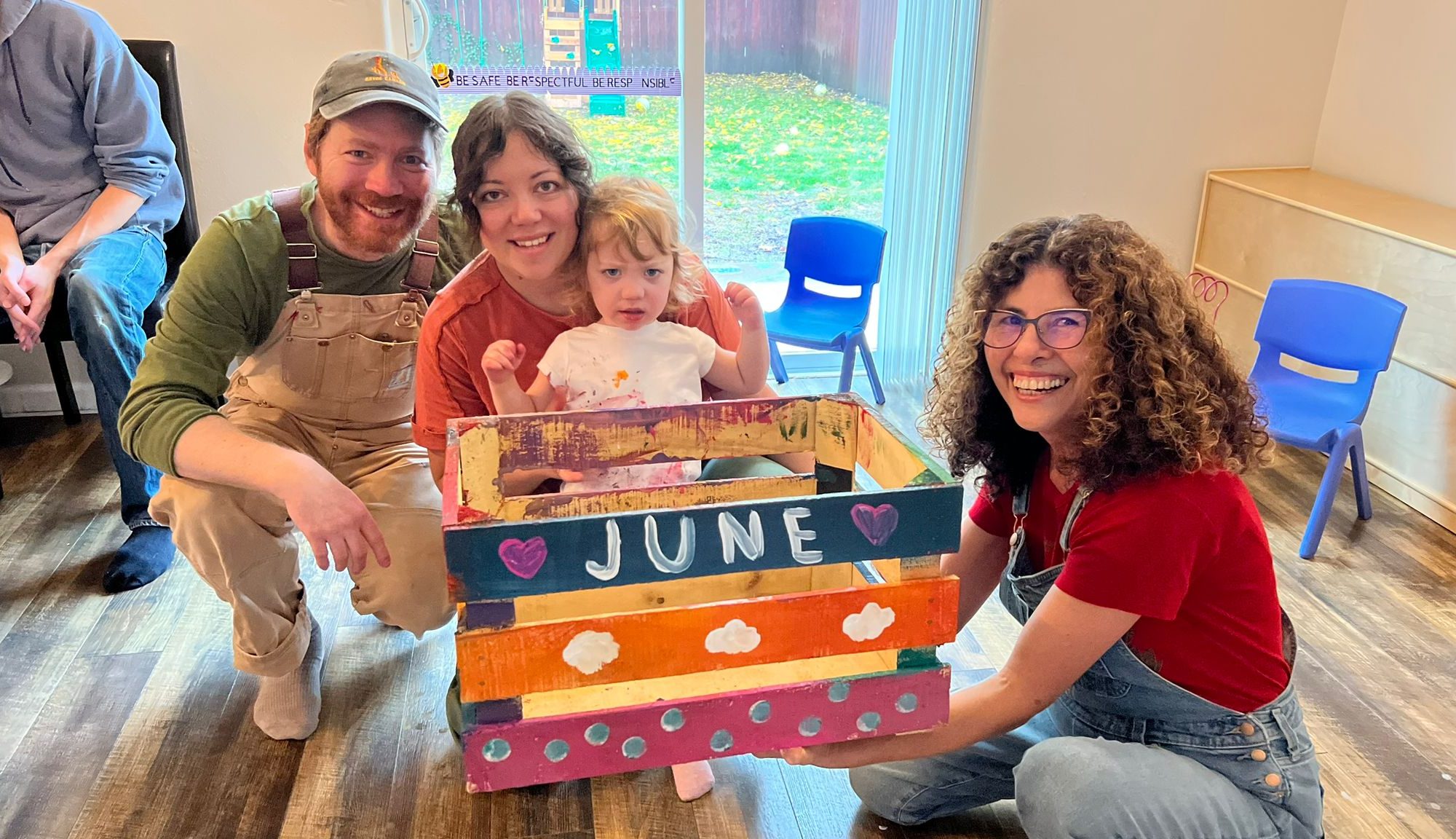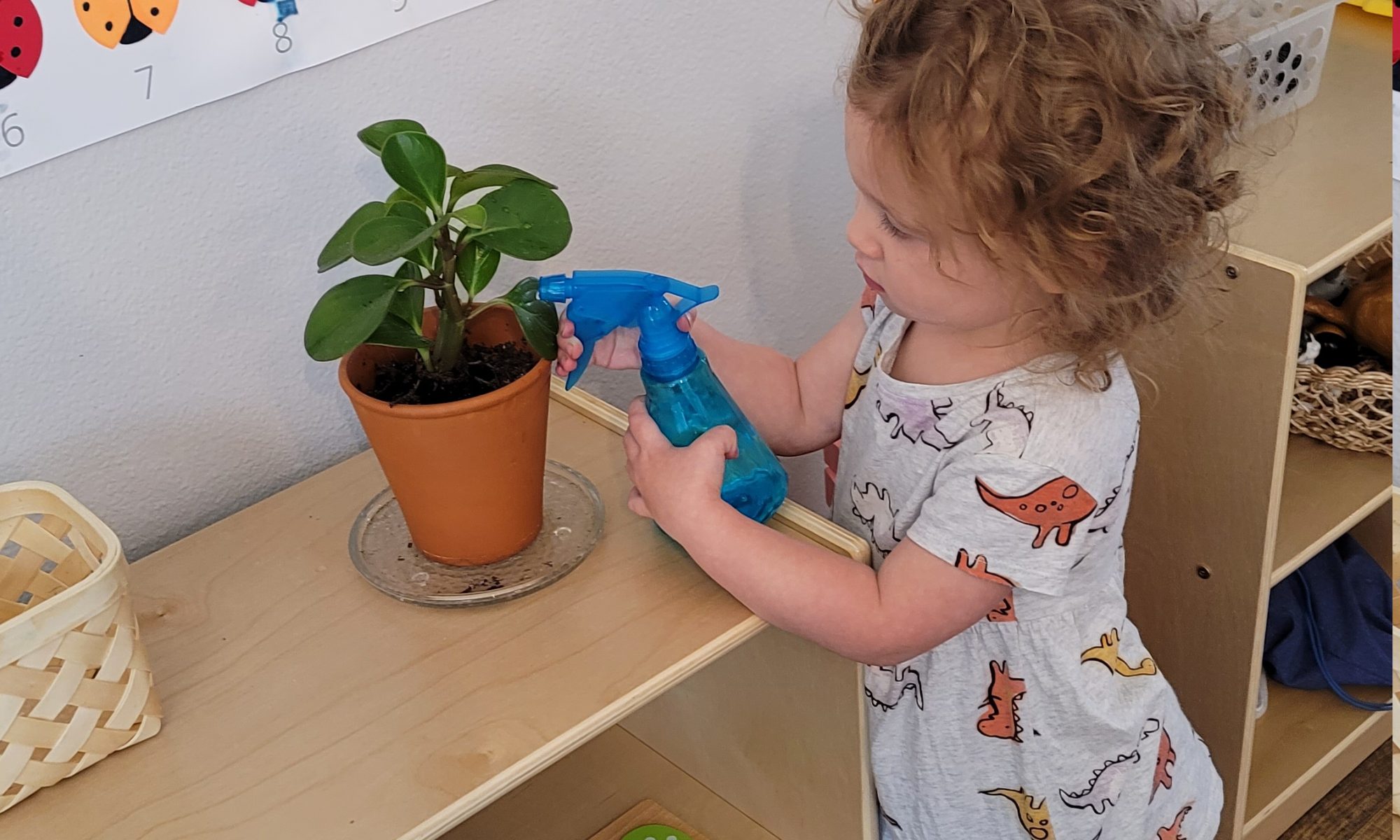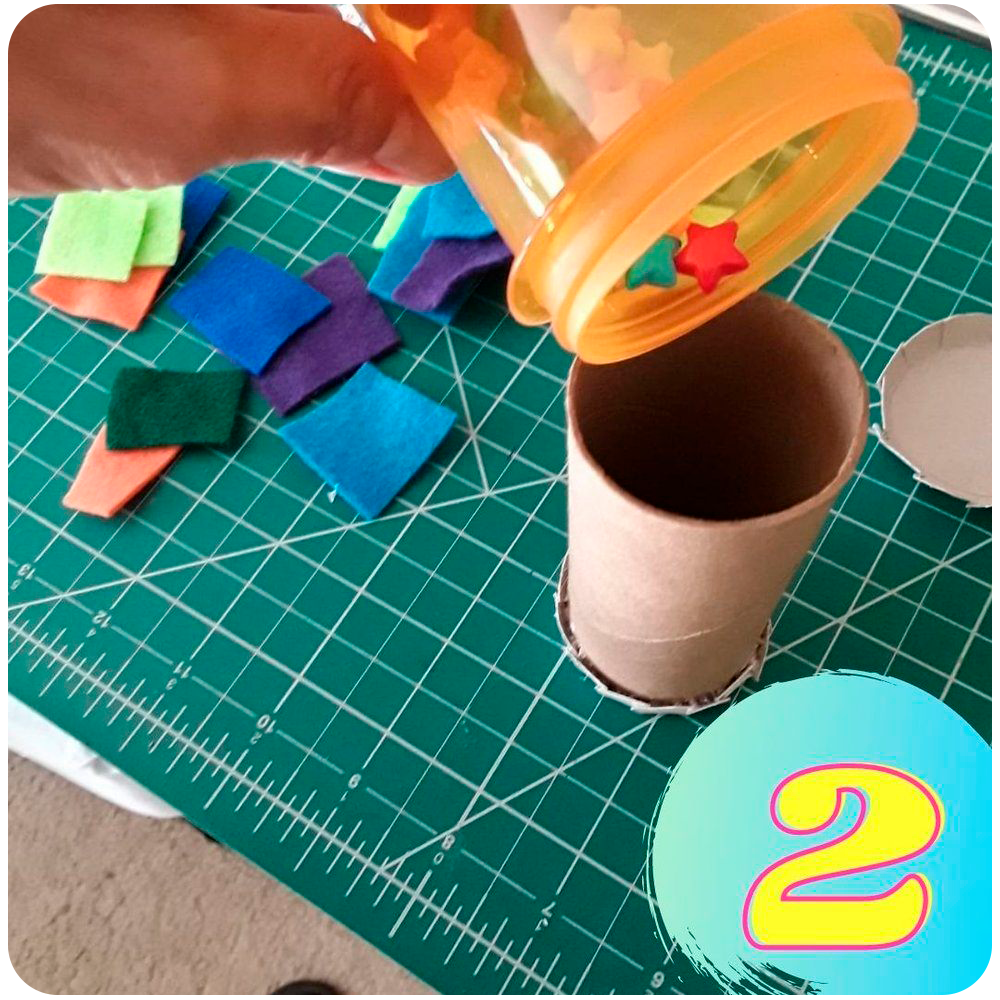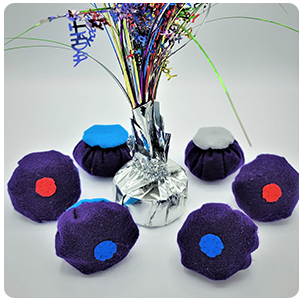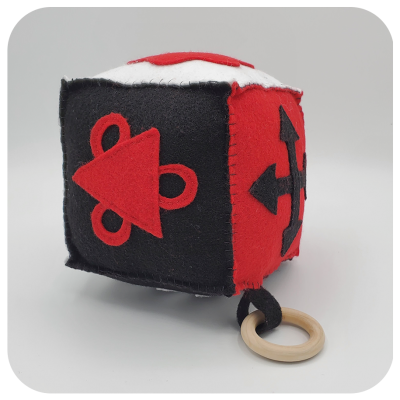
Continuing with our “FAMILY GARDEN” project, a few weeks ago we invited all the families to spend a fun morning painting and decorating the wooden boxes in which the plants will grow.
It was very exciting to see the faces of the children working together with their parents, they were very happy choosing the colors they wanted to use and helping their parents to draw pictures on the boxes.

Each family decorated their own box and each child will be responsible for taking care of their own garden. In the next few days, the children will plant seeds and then begin to care for them to see them grow into plants. All parents will receive photos of their children taking care of their garden, but they are also invited to water their family garden when they come to pick up their children or whenever they wish.
The contact of the little ones with nature is very important and necessary, it favors their emotional and sensory development, which is why they have been involved in the whole process. That is why having your child in a daycare that uses the Montessori philosophy, gives you the benefit of connecting closer with your children.


